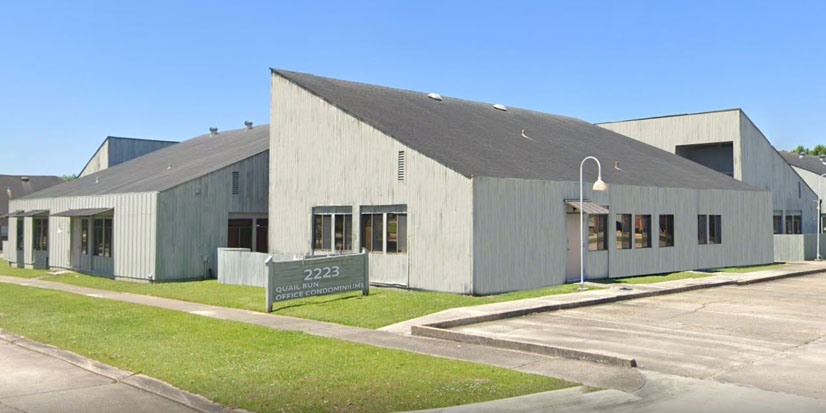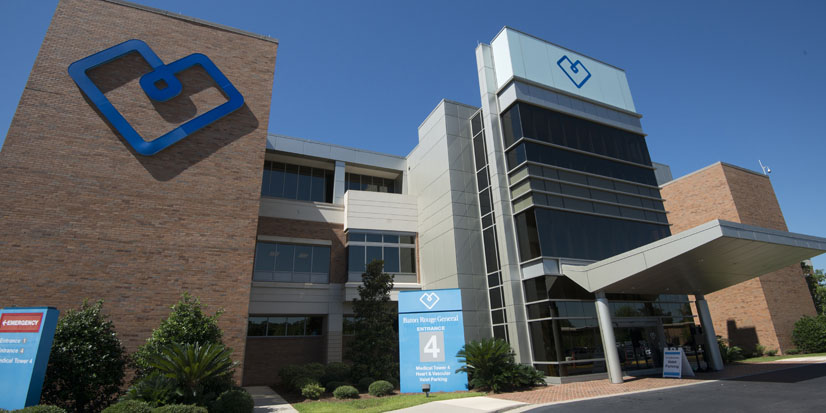Surgical procedures may be needed to diagnose or treat medical issues within the thoracic region of the body (the chest). In many cases, surgeons will have the option of using a traditional, open procedure or a minimal access procedure.
Although each surgical situation is unique, doctors typically prefer to use a minimal access procedure if they deem this method will be as successful as an open procedure. Minimal access procedures have been shown to reduce the risk of complications, pain and discomfort and to shorten hospital stays and recovery times.
Video-assisted thoracoscopic surgery (VATS) is a common minimal access procedure used to perform surgery in the thoracic region. During VATS, surgeons use tiny cameras inserted into small incisions in the chest in order to see the area they need to treat. They also use additional small incisions to introduce surgical instruments into the area where they are needed to perform the surgical procedure. This eliminates the need for large surgical incisions or spreading the rib cage to access the area that needs to be treated.
When deciding if a patient is a candidate for VATS, the surgeon will take into consideration the patient’s overall medical history and specific medical condition requiring surgery, as well as the anticipated outcome of performing the procedure using VATS vs. an open access method.
Types of VATS
Most thoracic surgeries can be performed using the video-assisted thoracoscopic surgical technique. The most common use of VATS is for surgical procedures to treat lung cancer, but other procedures may include:
- Lung biopsies
- Lung cancer surgery (lobectomy, wedge resection, pneumonectomy)
- Lung volume reduction surgery
- Esophagus surgery (esophagectomy)
- Removal of the thymus gland (thymectomy)
- Removal of excess fluid from the chest (pleural effusion)
Benefits of VATS vs. Open Procedures
In comparison to traditional, open methods of performing the above surgeries (thoracotomy), VATS offers these benefits:
- Less pain
- Reduced blood loss
- Lower risk of infection
- Fewer complications
- Smaller incision scars
- Faster recovery times
- Shorter hospital stays
- Quicker return to daily activities
Risks of VATS
All surgical procedures involve some risk, although VATS procedures have been shown to reduce risks and complications in comparison to open access procedures. Possible risks associated with undergoing video-assisted thoracoscopic surgery include:
- Bleeding
- Infection
- Air leak
- Pneumonia
- Partial collapsed lung (atelectasis)
- Temporary or permanent nerve damage
- Complications from anesthesia
- Blood clot
A person's risk for developing these complications depends upon their age, the procedure performed and existing medical conditions.
How VATS Is Performed
During surgery, patients are placed under general anesthesia. Once the patient is asleep, a breathing tube is inserted to provide oxygen to the lungs during surgery. Three to four small incisions, about one inch wide, are then made in the chest wall.
The surgeon inserts a small tube containing a tiny camera on the end (thoracoscope) into the chest cavity through one of the incisions. The camera is used to give the surgeon visibility into the area by displaying images of the inside of the chest on a video monitor in the operating room. The surgeon uses the other incisions to insert small surgical instruments to be used to conduct the needed surgery.
In some cases, the surgeon will perform robot-assisted surgery. When this is done, a robotic surgical system and camera are used to perform the procedure, with the surgeon responsible for operating the robotic system.
What to Expect After Surgery
Following surgery, patients will typically stay in the hospital for a few days, although the length of time will depend on the type of procedure performed and the patient’s overall health. It is normal for patients to be sore and experience some pain at the incision sites, but discomfort should be relatively minimal. Patients will be encouraged to get up and walk several times a day while in the hospital to promote healing.
While there is still a period of recovery required after undergoing a minimal access procedure like VATS, the time period is usually shorter and the risk of complications lower in comparison to traditional open procedures. During the first few weeks after leaving the hospital, patients will gradually begin to recover their strength. After a few weeks, patients will be able to drive and return to normal activities. Many people undergoing VATS can return to work and their regular routine about 3 – 4 weeks after surgery.
Become a Patient
Call (225) 763-4457 to speak to our patient navigator.









